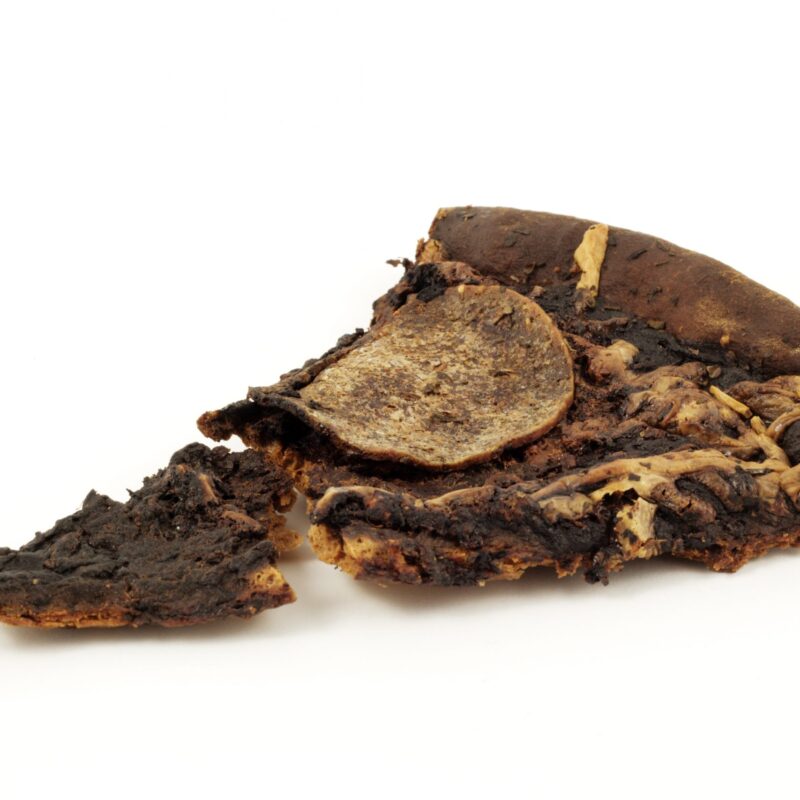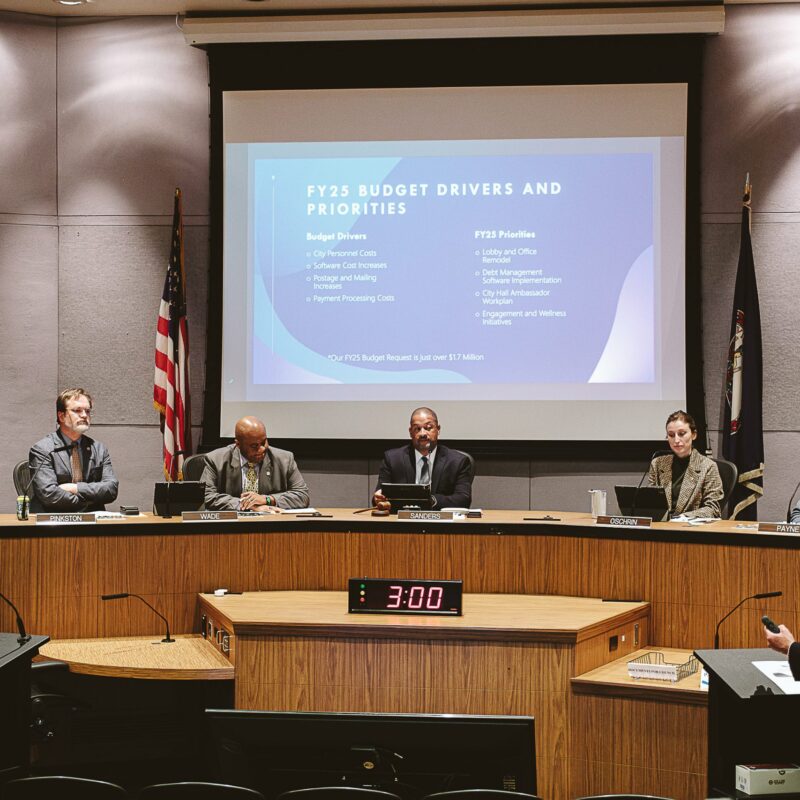The University of Virginia Art Museum is getting ready to expand its gallery space in the Bayly Building, with a capital campaign that defies my understanding of current economic conditions. As a preview, perhaps, of all the things they’ll be able to show after expanding, their current exhibition, “Highlights from the Collection” crams a kaleidoscopic survey of painting and sculpture into the galleries.
|
Raymond Parker’s “Untitled,” from 1960, now showing at the Bayly. |
The guard at the front desk told me that the real exhibition was upstairs, not composed of the Frank Stella assemblage I was admiring, nor the two sculptures by my hometown hero Alexander Calder (we’re both from Philadelphia). So forgive me for commenting on them for a moment. The Stella, “Jerdon’s Courser,” from 1976, melds painting techniques with almost-monumental sculpture to explore intersections of object and notion. No courser (a type of bird) appears in the painting, but the suggestion of rapid flight, and the plumage of the work, pulls you into Stella’s mindset. Calder’s untitled monochromatic mobile needs to be rehung at least five feet lower so that viewers can separate it from the ceiling, and “5 Black Polygons on Red and Yellow,” a smaller piece, needs to be freed from its glass box so that it can move with the air currents as Calder intended.
The upstairs gallery is structured so that when you enter, you’re confronted by a portrait by John Singleton Copley of Miss Rhoda Cranston. The work was painted in 1758, early in Copley’s illustrious career. To Miss Cranston’s right is a 1910 marble bust by Auguste Rodin of Thomas Fortune Ryan. The two works are separated by gender of the subjects, centuries of time, medium, and continents on which they were made, so it’s difficult to figure out why they’re so near each other. I have been awed by works I’ve seen by both artists, but not by these. Here’s Copley, painting before he’s moved to London and toured Europe, and there’s Rodin, sculpting his patron, a Virginia-born financier. Inspiration needed different circumstances.
In contrast, a pair—a deliberate pair—of portraits by Rembrandt Peale (also of Philadelphia) further down the walls shows early American portraiture at its best. Mr. and Mrs. Halsey occupy separate canvases, but are linked together by positioning and Peale’s palette choices. Both wear thick black fabrics and thinner white ones. Mrs. Halsey’s beautiful lace, hair covering and bead attaching her tippet offer subtle shine that doesn’t detract from her serious demeanor. Her husband is set into a background aura that suggests Peale’s seventeenth-century namesake, and glows with good health and vigor.
The abstract twentieth century works are put to the side in the hexagonal gallery, where you have to be looking for them to find them. Joseph Cornell’s two untitled boxes (“Untitled—Early Harlequin Box” and “Untitled—Black Cockatoo Silhouette”) share a glass viewing box with a work by Christo (of Central Park’s “Gates” fame) called “Wrapped Box.” While Cornell’s boxes allow the viewer to see inside, “Wrapped Box” looks like anything the post office might deliver. Inside, a certificate authenticating the box’s creation awaits the hand brave enough to open it.






